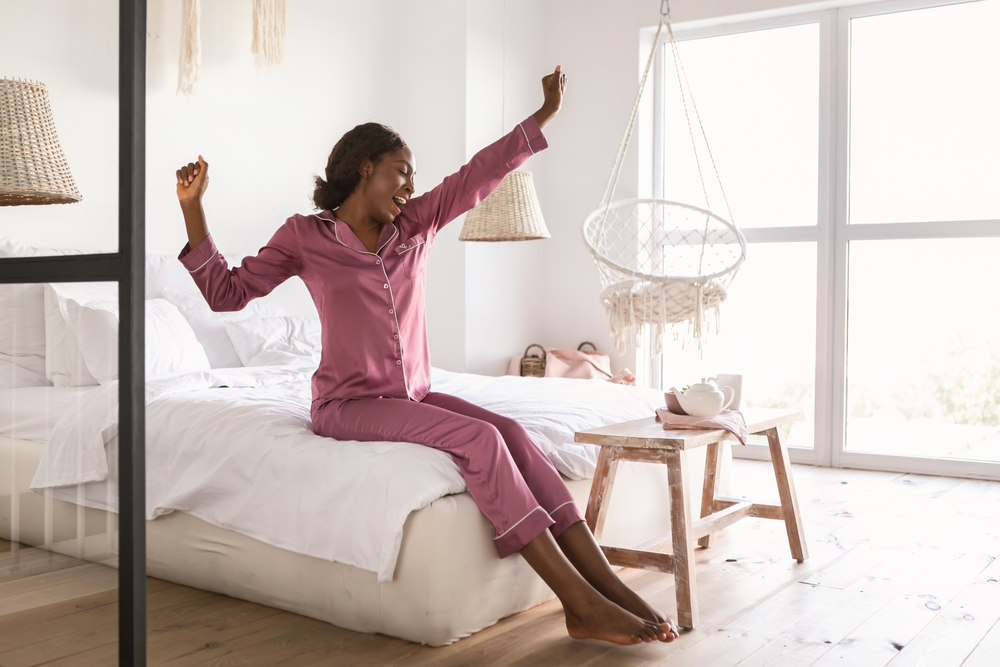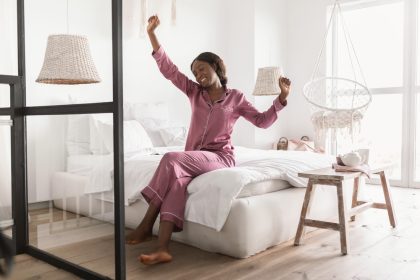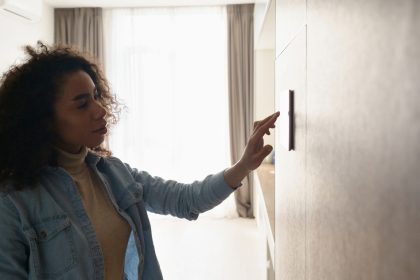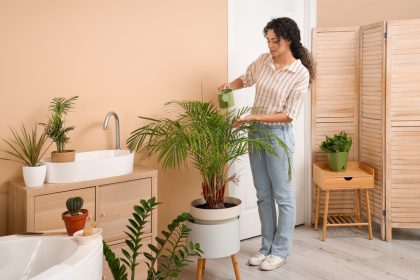Creating a beautiful home that is also practical can seem like a daunting task. However, striking the right balance between style and functionality in home design can transform your living space into a harmonious environment that not only looks great but also serves your everyday needs efficiently. In this article, we’ll explore how to achieve this balance, providing you with actionable tips and inspiring ideas to help you design a home that is both stylish and functional.
Understanding your needs
Before diving into design choices, it’s crucial to understand your specific needs and lifestyle. Each home is unique, and what works for one family might not work for another. Consider the following questions:
- How many people live in your home, and what are their ages and activities?
- Do you entertain guests often?
- What are your storage needs?
- Are there any special considerations, such as pets or hobbies that require space?
By answering these questions, you can identify the primary functions your home needs to fulfill. This understanding will guide your design decisions and help you create a space that works for everyone.
Prioritizing functionality
Functionality should be at the forefront of your home design. A beautiful space that doesn’t serve its purpose will quickly become frustrating. Here are some key areas to focus on for functionality:
- Layout and flow: Ensure that the layout of your home allows for easy movement between rooms. Open floor plans are popular because they create a sense of spaciousness and facilitate social interaction. However, consider defining spaces with furniture arrangements or partial walls to maintain functionality.
- Storage solutions: Adequate storage is essential for a clutter-free home. Built-in cabinets, shelves and multipurpose furniture like ottomans with storage can help you keep your space organized. Think vertically and utilize wall space for additional storage.
- Durability and maintenance: Choose materials and finishes that are durable and easy to maintain. For example, hardwood floors are both stylish and practical, while washable paint can keep your walls looking fresh despite everyday wear and tear.
- Lighting: Proper lighting enhances functionality and ambiance. Use a mix of ambient, task and accent lighting to create a well-lit and versatile space. Dimmer switches allow you to adjust the lighting to suit different activities and moods.
Incorporating style
Once the functional aspects are in place, it’s time to infuse your home with style. Here are some tips to ensure your home reflects your personal taste while maintaining its practicality:
- Color palette: Choose a cohesive color palette that complements your style and the function of each room. Neutral colors can create a timeless look and provide a versatile backdrop for decor, while bold accents can add personality and interest.
- Textures and patterns: Incorporate various textures and patterns to add depth and visual interest. Mixing materials like wood, metal and fabric can create a layered and inviting look. However, be mindful not to overdo it; balance is key.
- Personal touches: Display items that have personal significance, such as family photos, travel souvenirs or handmade crafts. These elements make your home unique and add a sense of warmth and personality.
- Statement pieces: Invest in a few statement pieces that define the style of your space. This could be a piece of art, a unique piece of furniture or an eye-catching light fixture. These elements can elevate the overall design and serve as focal points.
Merging style with functionality
The true challenge lies in merging style with functionality seamlessly. Here are some strategies to achieve this balance:
- Multifunctional furniture: Choose furniture that serves multiple purposes. For example, a sofa bed can provide additional sleeping space for guests, and a dining table with storage can help keep your dining area tidy.
- Hidden storage: Incorporate hidden storage solutions to keep your space looking sleek and uncluttered. Think about furniture with built-in storage, such as beds with drawers underneath or coffee tables with lift tops.
- Smart home technology: Integrate smart home technology to enhance both style and functionality. Automated lighting, climate control and security systems not only add convenience but can also be discreetly integrated into your design.
- Flexible spaces: Design flexible spaces that can adapt to different needs. For instance, a home office can double as a guest room with the addition of a fold-out desk or a Murphy bed.
Balancing style and functionality
Balancing style and functionality in home design is all about thoughtful planning and mindful choices. By understanding your needs, prioritizing functionality and infusing your space with personal style, you can create a home that is not only beautiful but also practical. Remember that a well-designed home is one that makes you feel comfortable, reflects your personality, and serves your lifestyle needs effectively. Take the time to consider each element carefully, and you’ll achieve a harmonious balance that transforms your living space into a true haven.
















